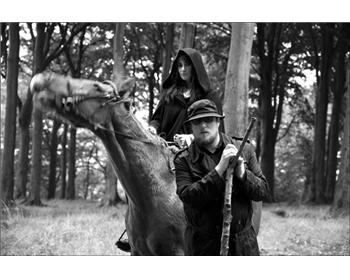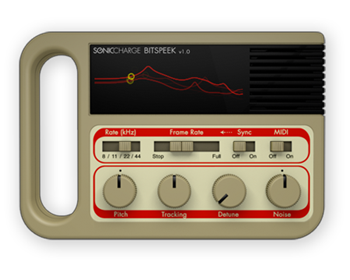When is a recording studio not just a recording studio?
When it’s the laptop that you use to browse the web, maybe play games or even balance the books. The role of the computer in modern music making for the amateur and professional alike has become an essential part of the creative equation. Gone are the days when in order to lay down tracks you assembled a bunch of your mates and took to your Dad’s garage with a four track recorder and a half tuned guitar.
Nowadays a half decent laptop and an idea is as good a starting point as ever for creating your first musical opus. The software has never been as widely available or as flexible as it is today. For a relatively small investment you can empower your PC or Macintosh to become a fully fledged recording setup.
Many long established software packages of varying degrees of complexity have recently undergone changes that have made the music making experience for the average user simpler and more self contained. Not only do you carry your composition tools but also pretty much any instrument you can think of is now available in a software format. In essence your studio can travel with you, and depending how far you want to take you creative endeavours it can become as powerful as you require.
But where does the budding musician start?
Most pieces of software follow the same principles of working, for example most packages follows a track by track system. Using sampled sounds or parts played in through a cheap MIDI keyboard you can quickly build up a selection of rhythms and melodies in sections without having any prior musical knowledge. These can be manipulated in much the same way as you would make alterations to let’s say a text document. Imagine you have played a note in the wrong place or a sound doesn’t quite have that resonance you were looking for. Rather than getting stroppy with the other band members you can simply rewind your track, delete the offending note or sound and try something different. It really is that simple.
With a little perseverance you can quickly find yourself adding effects that can lend a real air of professionalism to a piece, much of this of course depends upon what sort of music you are hoping to create. The dance music community are naturally well catered for; drum loops and synthesisers are in plentiful supply. However that isn’t to say you cant rustle up a nicely warmed over brass or string section if you are looking for something a little more grandiose. Many of the software packages are cross platform which means you can swap your creations with other users and generally means that as you learn you can interact readily with many of the active support forums on the web.
In terms of which package is right for you, well it all comes down to personal preference. Many of the most popular sequencers can be found in demonstration versions which give the user time to test drive the package before coming to a final decision. Again, making use of the community forums on the web will always pay dividends when it comes to seeking advice.
Many people start with packages such as Fruityloops for the PC that offer a full range of features while coming in at a budget price. Mac users can take advantage of Garageband as part of Apple’s iLife suite. This is of particular note because it’s geared towards users who are taking their first steps in the world of electronic music making. There are of course alternatives, Steinberg’s Cubase package is available in a stripped down version for both the Mac and PC and will quite easily support your requirements to quite an advanced level. The same can be said for programs like the Ableton Live sequencer, one of the newer releases on the market with a more specific bias towards dance music.
Whichever package you decide to make the heart of your new studio setup be prepared to lose hours of your time to your new craft. Having a home recording setup one click away is a seriously addictive proposition. Coupled with the fact that remarkably professional results can be achieved with relative ease only serves to propagate your interest. If you’ve got a creative leaning then you should find that no matter what the learning curve of the software it will be an interesting and rewarding journey filled at times with strong aspects of trial and error. However often it is the experimental aspects of your dabbling that can often lead to some of the most interesting results.


